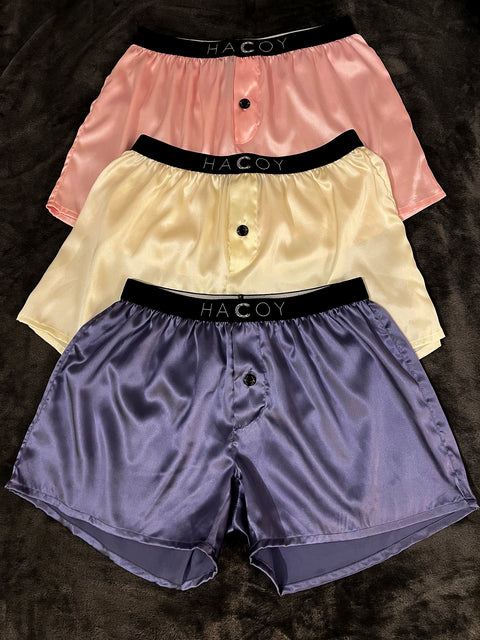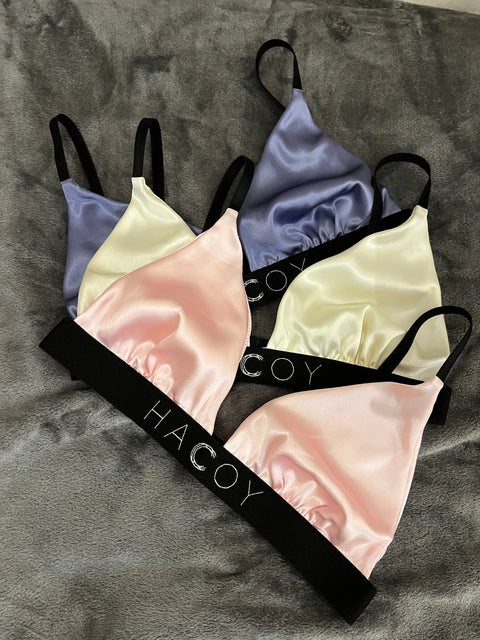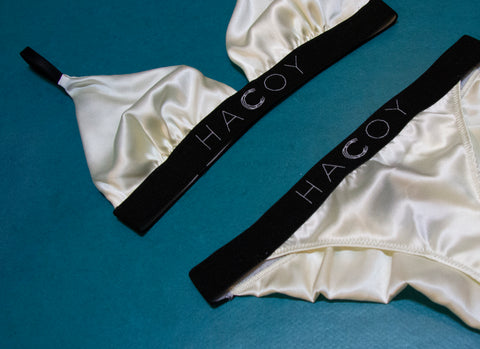
Sustainable Silk
Silk is highly regarded as one of the most valuable, luxurious fabric. Silk is cultivated from the cocoon of mulberry silkworm larvae – they can make a long, continuous thread to work with. The process is time-consuming and delicate, which explains the high cost of this fabric.
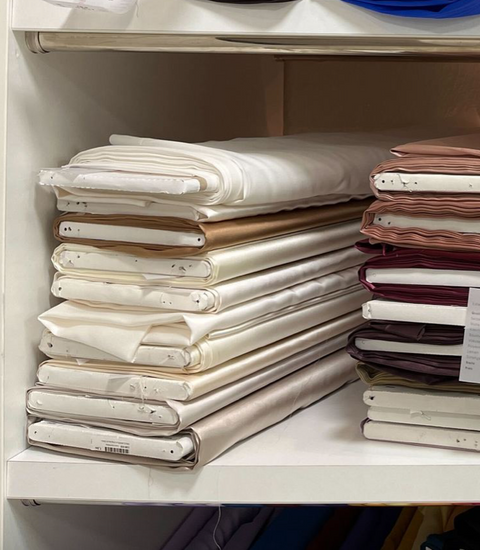
As soft as clouds...
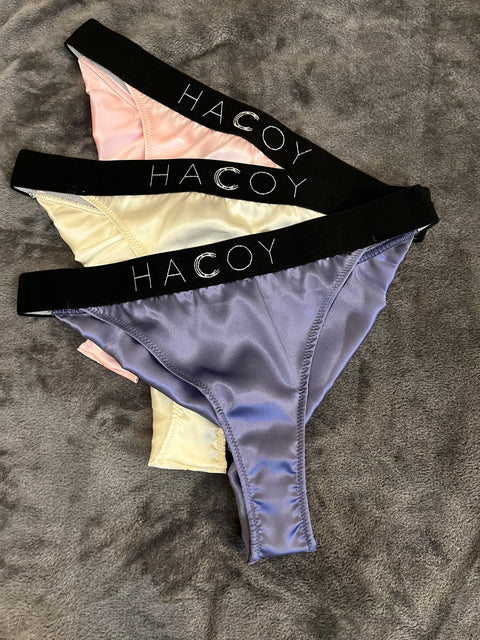
Silky perks
Breathability.
Silk is a lightweight fabric, which means it reduces the risk of overheating when you’re going about your day. If treated well, silk clothes are good at keeping their shape.
Elasticity.
Silk is flexible and has some elasticity to it which allows it to pull itself back into shape after stretching – to some extent.
Thermal regulation.
Silk is great at maintaining your body temperature, which means it can help you feel cool in hot weather and warm in the cold.
Shine.
Silk fibres are smoother to the touch and shinier to the eye, with an altogether luxurious feel.
When thinking about sustainability of silk, one has to be aware of risks related to agriculture, water consumption, pollution, and impact on workers and their communities. The main environmental benefit of silk is that it is a durable and natural material, so it doesn’t shed microplastics into the environment while in the wash. Untreated silk is also entirely biodegradable, even though chemicals, dyes and blended fabrics may hinder its biodegradability.

